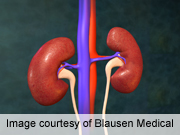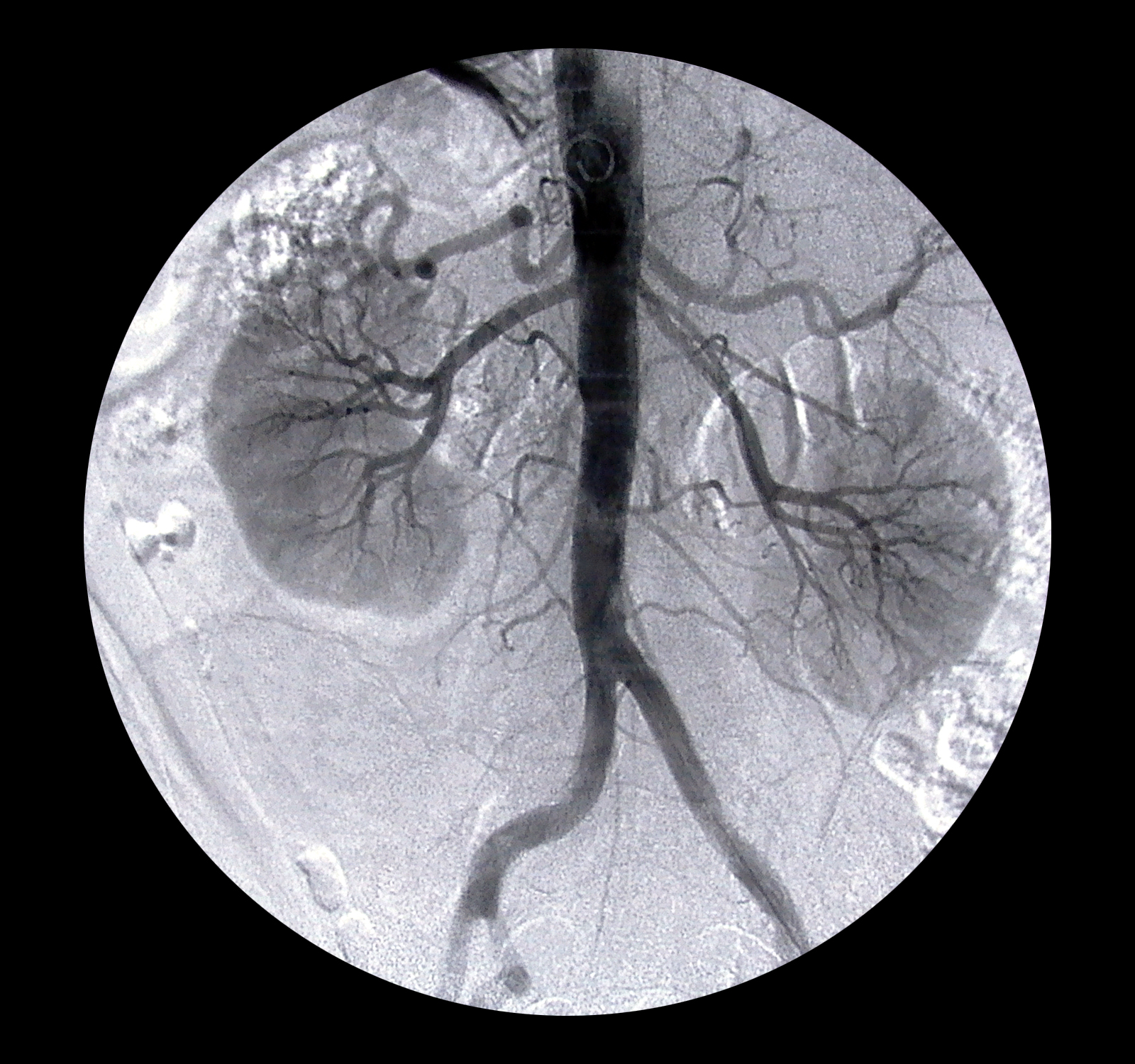
THURSDAY, May 22, 2014 (HealthDay News) — Despite short-term risks, kidney transplant patients are less likely to die prematurely than kidney failure patients receiving the most advanced dialysis treatments, new research suggests.
Canadian scientists found that patients receiving donor kidneys — depending on the quality of the organ match — were up to 61 percent less likely to experience treatment failure or death over an 11-year study period than those undergoing at least 16 hours of in-home dialysis each week.
Patients receiving donor kidneys, however, had higher risks of being hospitalized within the first year after the transplant.
“This gives us more positive evidence to continue to promote transplantation to patients on intensive dialysis because of the better outcomes, acknowledging that some aren’t eligible for transplant,” said study author Dr. Karthik Tennankore, an assistant professor of nephrology and medicine at Dalhousie University in Halifax, Nova Scotia.
“But there is [also] a strong message from this paper that the outcomes of extensive home dialysis were quite good,” Tennankore added, “and as the next-best treatment option, it’s important to emphasize this.”
Nearly 600,000 Americans live with kidney failure, according to the American Kidney Fund, and more than 2 million people are afflicted worldwide.
A condition stemming from a variety of causes, kidney failure prevents the kidneys from filtering waste products normally from the blood. Dialysis treatments clean and filter blood mechanically while helping maintain proper levels of important body chemicals.
For the study, published May 22 in the Journal of the American Society of Nephrology, the researchers compared long and frequent in-home dialysis treatments with kidney transplantation. They analyzed 173 home dialysis patients and 1,517 transplant recipients receiving care between 2000 and 2011. The transplant patients had received kidneys from a sliding scale of matched donors, ranging from healthy living donors (considered optimal) to deceased donors to “expanded criteria” living or deceased donors with certain medical conditions.
All types of transplanted kidneys produced better patient results than in-home, intensive dialysis, the study found. Patient survival one year after start of treatment was 97 percent among transplant patients compared to 94 percent among dialysis patients. At five years, 86 percent of the transplant patients were still living, compared to 80 percent of dialysis patients.
The odds of hospitalization and spending longer amounts of time there was higher for some kidney transplant patients for up to a year after the procedure, but lower in the long term compared with dialysis patients.
Dr. Thomas Golper of Vanderbilt University Medical Center in Nashville, and author of an editorial accompanying the study, said the research adds to his belief that even the best dialysis cannot match kidney transplantation.
“The gold standard for the best care you can give somebody with failed kidneys is a transplant, there’s just no question,” said Golper, a professor of medicine, who wasn’t involved in the study. “I don’t have the least bit of confidence that dialysis is going to equal the outcome of getting a kidney. I don’t think we’re going to improve too much on nature.”
But since demand far exceeds the number of available donor kidneys — with about 90,000 patients on waiting lists and 14,000 U.S. transplants performed each year — Golper said more research into more and better dialysis technologies is necessary.
Scientific efforts to “grow” new kidneys using stem cells probably won’t reap benefits for a decade or more, he said, “which is why we need to improve dialysis.”
Golper and Tennankore agreed that other ways to expand the organ donor pool should also continue to be investigated.
The new research may signal that frequent, in-home dialysis — which is usually done at night while patients sleep — is the best way to bridge the gap between dialysis and transplant outcomes, Tennankore said. Many kidney failure patients receive the treatments at dialysis centers, which is considered less optimal.
More information
The U.S. National Kidney and Urologic Diseases Information Clearinghouse offers more information about kidney failure at Kidney Failure: Choosing Treatment.
Copyright © 2025 HealthDay. All rights reserved.

